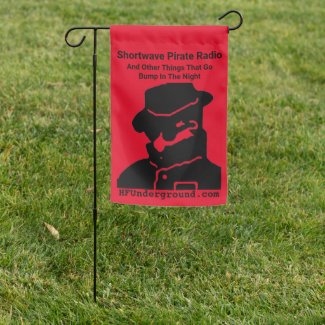The RTL-SDR V4 with its integrated upconverter is much better than the older RTL-SDR V3 in direct sampling mode, so at least you got that going for ya'. :)
The RTL-SDR V4 should suffice for casual HF listening, especially for the flamethrower SWL broadcast stations, area HF amateur nets, etc.
Just do not plan on much serious weak signal reception work. For example the RTL-SDR devices have an 8-bit ADC, so dynamic range is more like 48dB or less. For comparison the dynamic range of an Airspy HF+ Discovery with its 18-bit design (with 16-bit scaling) is more like 110dB. That is before we get into selectivity, sensitivity, image rejection, etc.
For much the same reasons take care regarding overloading and oversaturating your RTL-SDR. Think relatively basic preferable outdoor antennas like maybe a 6'-9' vertical fed against a ground rod, 10m-band horizontal dipole, 45'-60' loop-on-ground, etc. to start.
There are numerous open source and freeware SDR client apps available.
SDR# is popular with the RTL-SDR crowd. You might find the "SDR# Big Book" PDF doc on the same download page helpful.
https://airspy.com/download/https://www.rtl-sdr.com/rtl-sdr-quick-start-guide/Other popular SDR clients:
https://www.sdrpp.org/https://www.sdrangel.org/https://www.hdsdr.de/https://www.sdr-radio.com/consoleAnd even more:
https://www.rtl-sdr.com/big-list-rtl-sdr-supported-software/



